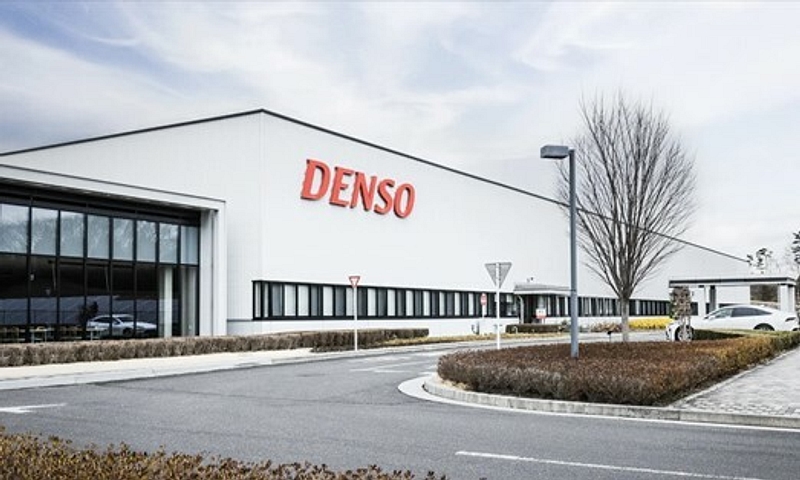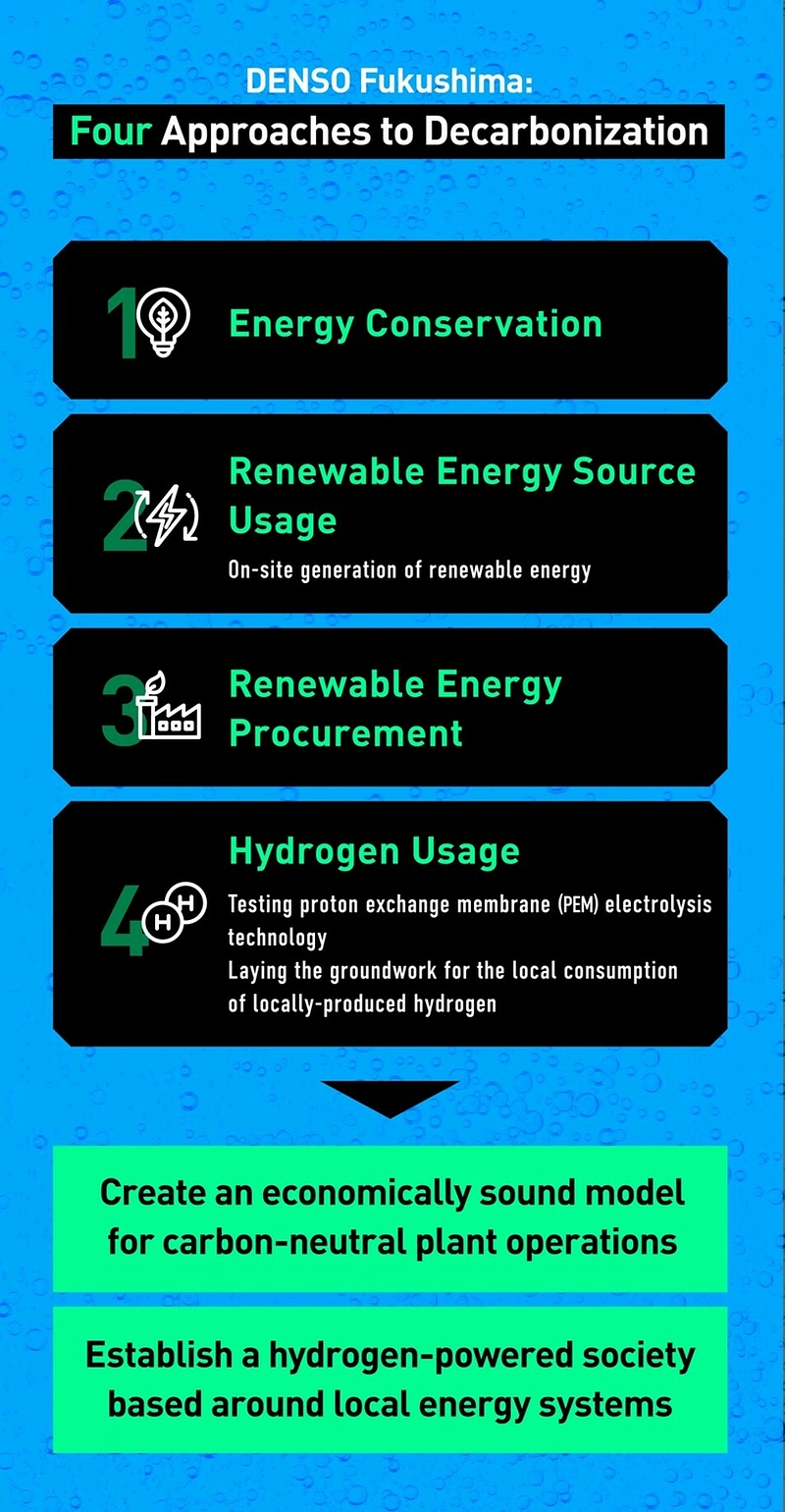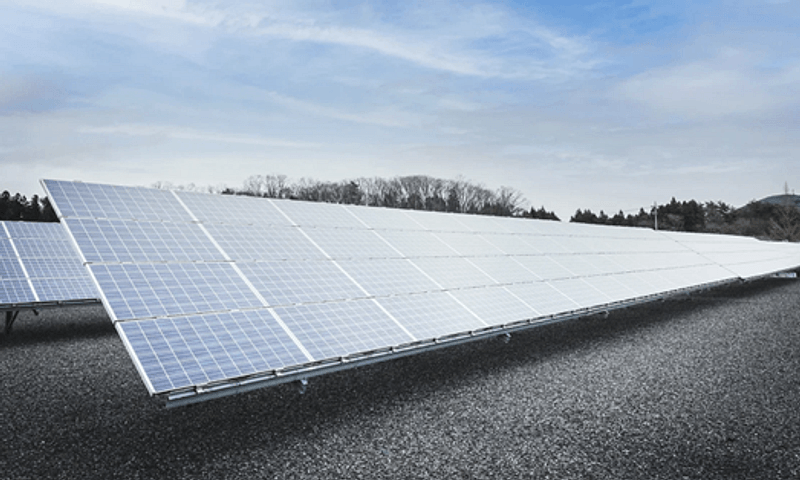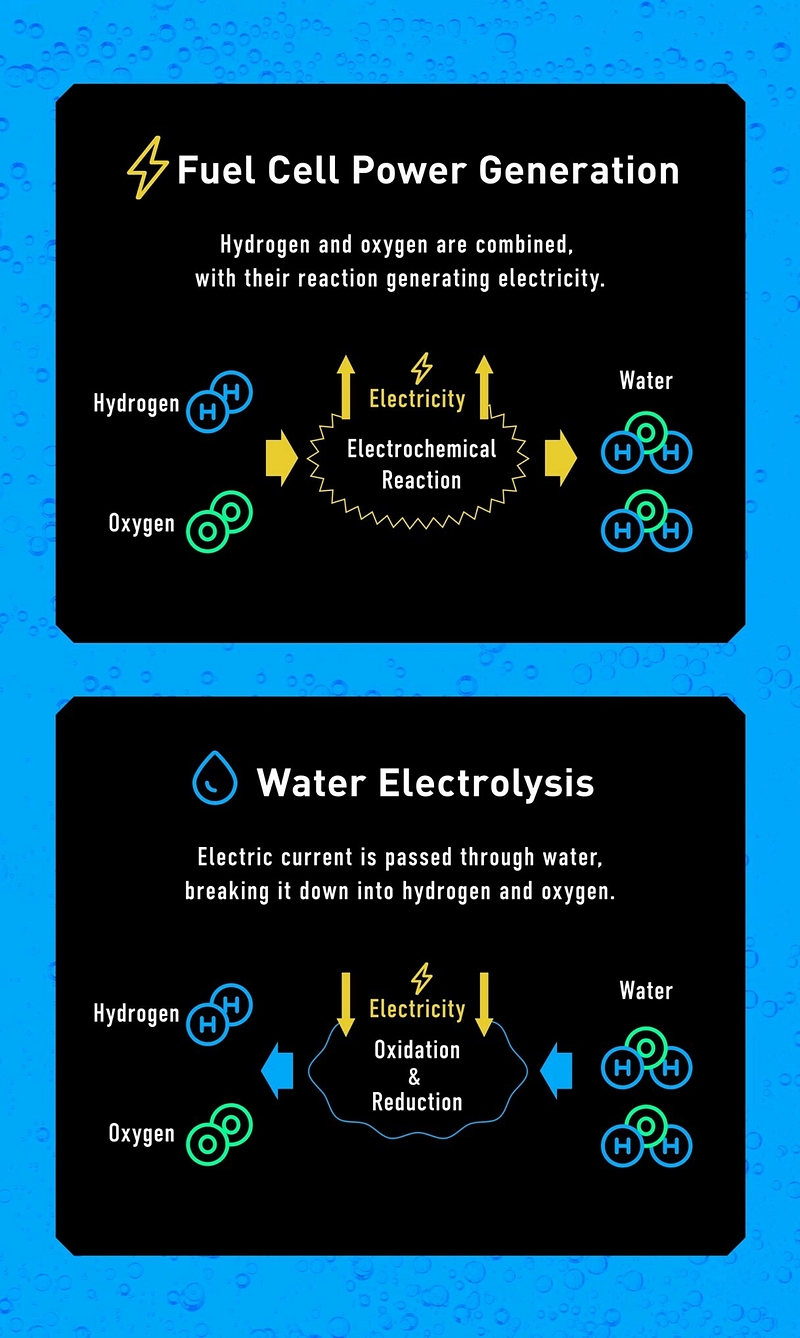DENSO to unlock the potential of local hydrogen

DENSO Fukushima, headquartered in Tamura, Fukushima
Hydrogen is a fuel that produces no CO₂ emissions when burnt, a defining characteristic that signals multiple potential applications across numerous fields. So, determined to unlock this potential, DENSO Fukushima launched a demonstration project in March 2023 to test the feasibility of using hydrogen energy in Tamura.
Representing the combined efforts of DENSO, DENSO Fukushima and Toyota Motor Corporation, the project involves the production of green hydrogen for on site use, a key step towards achieving carbon neutrality in manufacturing facilities. The knowledge and insights generated through these tests will also tie into a grander, overarching vision: establishing a Fukushima-based model for the local production of hydrogen for local consumption.
Carbon Neutrality, Factories First
By announcing in October 2020, the goal of achieving carbon neutrality by 2050, the Japanese government established a clear direction for the country and the task of eliminating CO₂ emissions quickly became a priority, shaping conversations across various industries.
Decarbonisation efforts are particularly crucial for Japan’s manufacturing industry, as it accounts for an estimated 40% of domestic CO₂ emissions. Given hydrogen’s potential to offset and eliminate emissions, the project underway at DENSO Fukushima is aligned with these efforts to create carbon neutral factories.
The goal is to use hydrogen to decarbonise plant operations first and ultimately establish a local energy system where locally produced hydrogen is consumed within that region.

The first approach involves energy conservation efforts: energy used in factories is charted to help identify and reduce wasteful energy consumption patterns.
The next step is to produce more renewable energy onsite and DENSO Fukushima already has a number of solar and wind power facilities installed, with plans to produce even more electricity via its own solar panels in the near future.

Renewable energy plays a key role in their third approach: a switch to renewable sources for the electricity supplied from the external grid.
The fourth approach, meanwhile, focuses on hydrogen usage as a replacement for LPG to produce heat energy for manufacturing, because among the various car components manufactured at DENSO Fukushima, are heat exchangers (radiators) and air conditioning modules, both of which use a particularly large amount of heat in their manufacture.
As part of ongoing emission reduction efforts, a portion of this process will shift from gas powered to electric furnaces, while hydrogen will replace LPG as fuel for the plant’s afterburner furnace*1, which is used to detoxify plant emission gases.
By incorporating water electrolysis equipment developed by Toyota Motor Corporation based on the technology from its “MIRAI” fuel cell vehicle, the DENSO Fukushima plant looks to produce its own hydrogen locally.
Fuel cells produce electricity by combining hydrogen and oxygen, while water electrolysis produces hydrogen and oxygen. In other words, the reactions for the two processes are reversed, while the overall structure is essentially the same. By reusing the technology from “MIRAI” cars to create water electrolysis equipment and by standardising the related materials and components, it might be possible to create a highly reliable system for hydrogen production at relatively low cost.

The power generated onsite from renewable energy sources is used to produce “green” hydrogen*2, with the resulting fuel also stored locally. This stored hydrogen is then supplied to the factory whenever the production lines need it. This means that all steps necessary for a full hydrogen supply chain – production, storage & transport and usage – can be established locally. If this current initiative proves successful, it will serve as a major step on the path to constructing a case for a local energy system.
Nowadays, carbon neutrality, is essentially becoming the price of admission to the business world for manufacturers and if they aren't reducing their carbon footprint, they could soon simply find themselves unable to sell their products. That's why DENSO is striving to create a case for carbon neutral factories and to do its part to protect manufacturing in the long run.
Finding the Best Fit for Hydrogen
The prospect of locally produced hydrogen for local consumption holds promise to deliver a significant and far reaching impact on both society and industry. However, the journey to this goal isn’t without hurdles as there are numerous challenges to surmount, from technical issues to cost related concerns. On top of this, making hydrogen a part of everyday life will require finding the most effective applications for it. This is because, while hydrogen boasts many advantages as an energy source, it isn’t necessarily suited to replace all other options.
The truth is that even in some of the Fukushima project’s test facilities, the furnaces used for heating certain products are powered by renewable energy sources rather than hydrogen. Why? Because in some cases, it's actually better to directly use clean electricity when it's needed.
However, electricity, unlike hydrogen, has a storage problem. Solar panels may produce a lot of electricity during long periods of sun, but all that surplus energy ultimately goes to waste if not much of it is used immediately, unless that solar power is used to make hydrogen, which is one way to fully leverage the advantages inherent to hydrogen.
A Global Vision for Fukushima’s Local Energy Model
Should efforts to implement a hydrogen based local energy model succeed in Fukushima, it would pave the way for extending this approach nationwide and Fukushima Prefecture and Toyota Motor Corporation have declared intentions to collaborate on finding hydrogen applications in society.
Their ambitious plans involve first targeting cities with populations of around 300,000 to create a model for a hydrogen inclusive lifestyle, and then rolling out this model in similarly sized cities throughout Japan. Fukushima prefecture is home to three such cities—Fukushima, Koriyama, and Iwaki—where initial efforts for social implementation will be focused, with further regional expansion to follow.
Beyond that, they're visualising a bright future where Japanese hydrogen technology and the local production and consumption model can be shared with the rest of the world.

From a local initiative in Fukushima, to a nationwide endeavour in Japan, and finally a global movement, the unfolding story of this local hydrogen production and consumption project is packed with the potential to reshape our future.
*1 Jointly developed with Chugai Ro Co, the afterburner furnace takes in the exhaust gases from industrial furnaces and reignites them to fully eliminate hydrocarbons, carbon monoxide, and other substances contained in them.
*2 Green hydrogen is the term used for “clean” hydrogen produced from renewable energy sources such as solar and wind power, with no CO₂ emitted during the entire production process.
Further details of the DENSO Aftermarket programme are available online at: www.denso-am.eu




















































